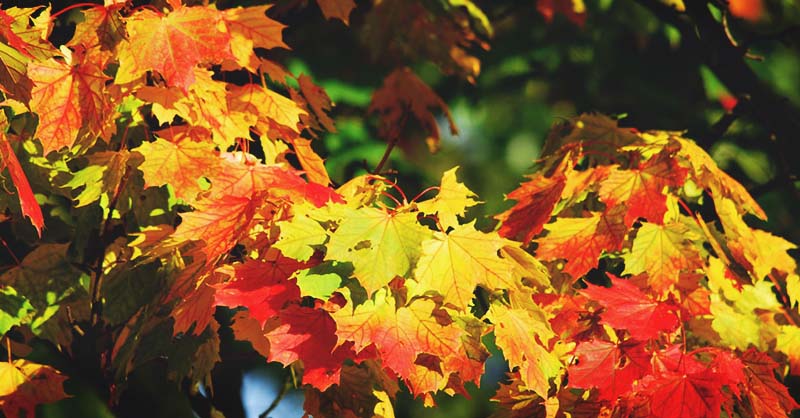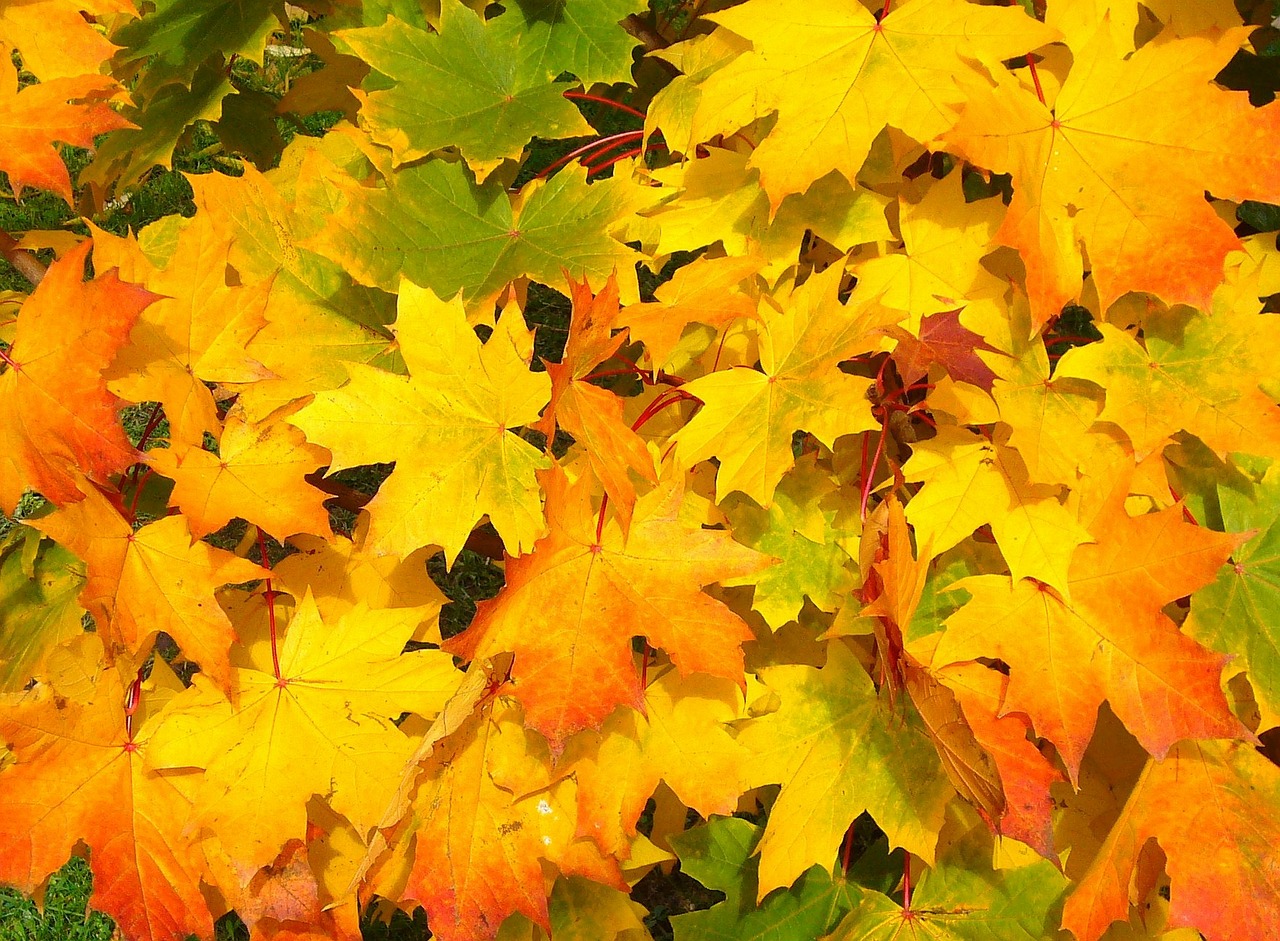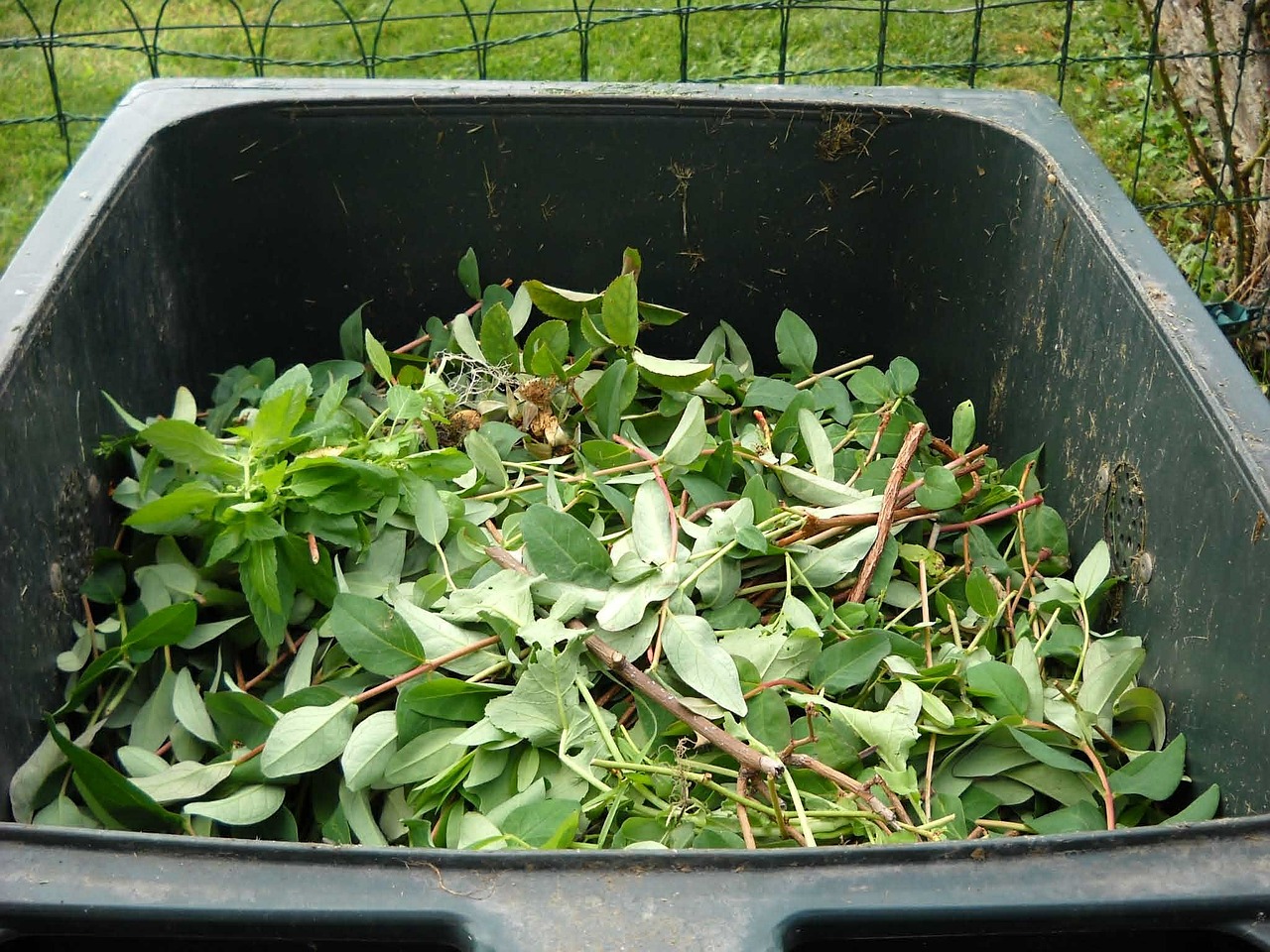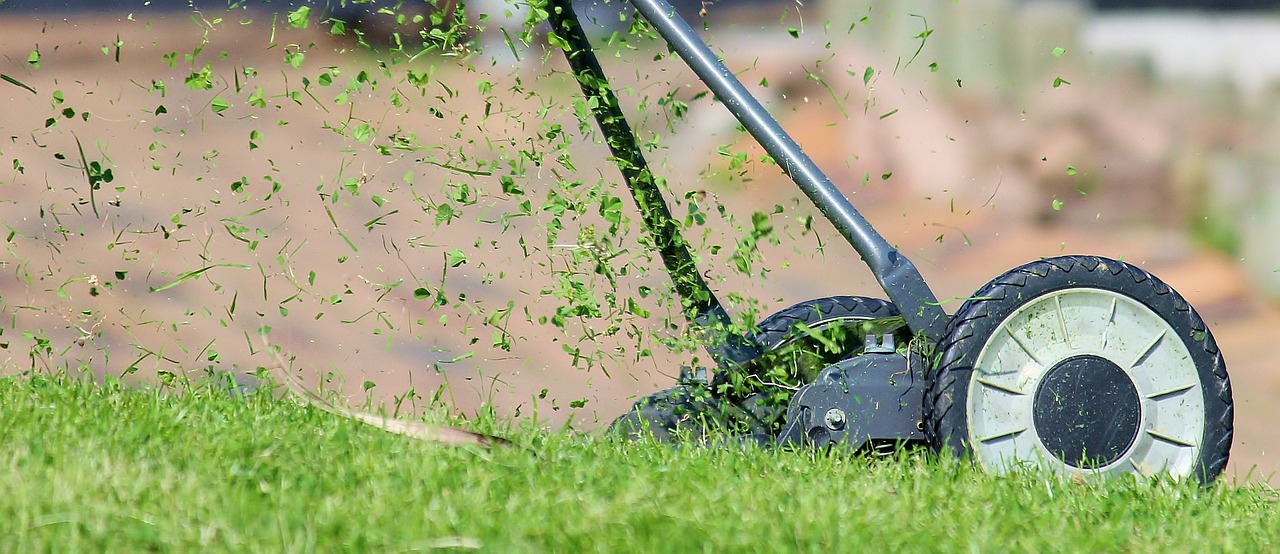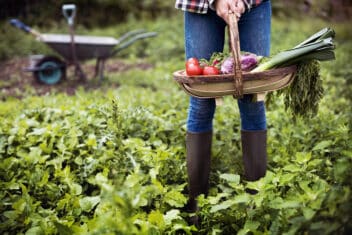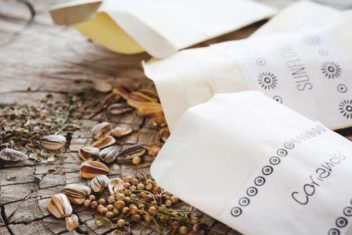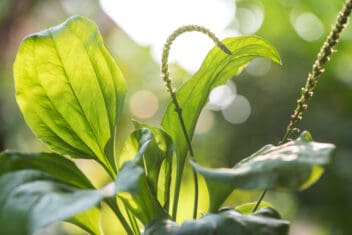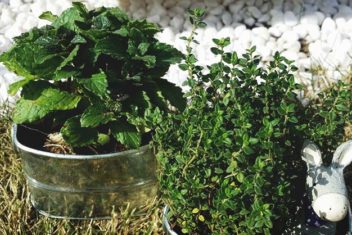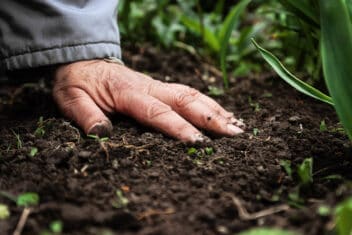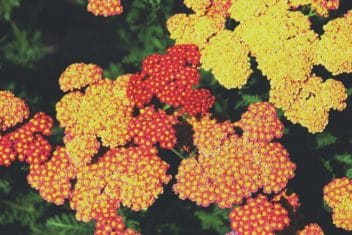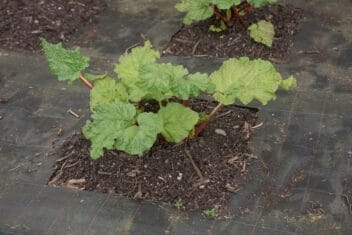Leaves are part of a homesteader’s life if you have trees on or around your property, but do you know how to use them to benefit your garden?
Most people only consider leaves during the fall, but they serve a purpose in your garden all year round. If you’re curious how leaves can benefit your garden during the growing season, you’ve come to the right place.
I’m going to share multiple ways you can use leaves to help your garden grow, be enhanced, and protected throughout the entire season and when you put your garden to rest over the cooler months.
Here’s what you should know about leaves as a gardener:
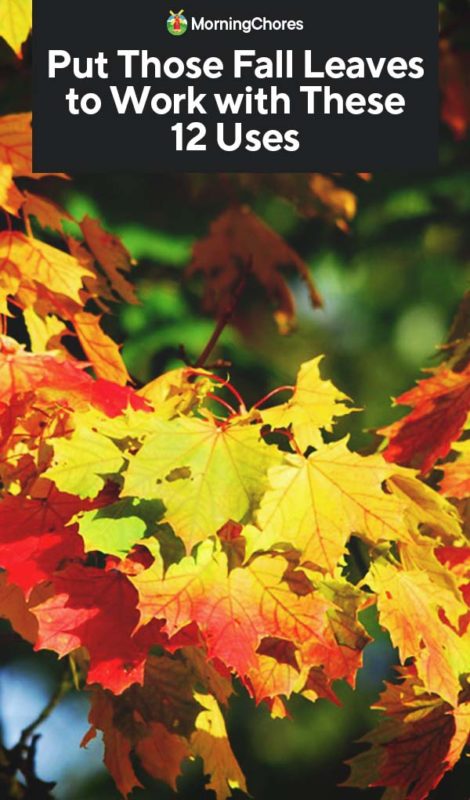
A Few Quick Facts
All leaves aren’t created equal. The best leaves to use in your garden will be high in calcium and nitrogen.
Yet, there are some leaves which are low in both calcium and nitrogen. Trees such as holly, oak, and beech aren’t good for composting.
You also shouldn’t use black walnut leaves in your compost pile or around your crops because it’s filled with natural herbicides which will cause your plants not to grow.
Plus, you should decide if you’re going to shred your leaves or leave them whole. In some cases, such as mulching, composting, or insulating, the leaves are fine left whole.
In other cases, where you want the leaves to break down faster, it’s a good idea to shred them prior to their use.
Uses for Fall Leaves in Your Garden
1. Snuggie for Plants
You may not remember those adorable infomercials when people would be wrapped up in blankets they could wear.
They were referred to as a Snuggie. Leaves can be a natural ‘snuggie’ to some of your plants. When cool weather moves in, pile leaves around them for insulation and warmth during the colder months.
This works especially well with tender plants and perennials. You can also place wire around the plants and fill it with leaves to make sure the insulation stays in place all winter.
2. Compost Them
If you enjoy making your own compost, you’re probably aware many of the items we regularly discard are great for composting.
Leaves are no different. They’re a wonderful addition to your compost pile because they help balance out the nitrogen with the carbon.
Homemade compost is not only great for your plants, but it can also make gardening on a budget feasible.
3. Toss Leaves in the Soil
Are you trying to amend your soil and make it a healthier space for your plants to grow? Adding leaves to it can be a great help.
Besides the nitrogen and calcium it can bring to your garden, it also attracts the right bugs to your garden.
Worms love leaves, and it’s common to see more earth worms in your garden after adding a layer of leaves the season before. The worms will make your soil rich and fluffy.
4. Mold, Anyone?
Leaf mold is an item many gardeners are starting to make because it’s easy, inexpensive, and is great for your plants.
It’s made by piling up your leaves and allowing them to break down over a few years. The leaves will mat together and form mold as they compost.
This will retain water and works similarly to peat moss. If you’re looking for an inexpensive DIY option to peat moss, this could be what you need.
5. A Leaf Dryer
When the winter passes, your compost may be drenched and soggy from all the moisture absorbed from the elements.
You could wait it out, or you could be proactive and toss dry leaves into the mix. The leaves will absorb the moisture.
This allows the compost to dry out and be ready to use in your spring garden much faster than it normally would.
6. Mow Them Down
Who says you have to rake all your leaves? It’s a never-ending task and one which can grow quite annoying and frustrating.
Instead, use your lawnmower and mow those bad boys down. Feel the wind blow through your hair as you enjoy the freedom of knowing you don’t have to go over those rebellious leaves with a rake.
By chopping them up with a lawnmower they’re helping your soil. They’ll decompose to make a healthier lawn and stop weeds from sprouting in your yard.
7. Veggie Rings
If you want to give your crops a great start, consider making rings to go around the plants. This works particularly well with squash plants.
I’ve found the healthier the plant, the harder it is for pests to take them down. This ring will improve their health by providing necessary nutrients.
Place chicken wire around where you want the plant to grow.
Fill it with leaves and a layer of soil to keep the leaves in place. The next season, plant your crop inside the ring. This should give your plant a healthy start and should cut down on the need to pull weeds or water the plants as much.
8. Grow Your Own Worms
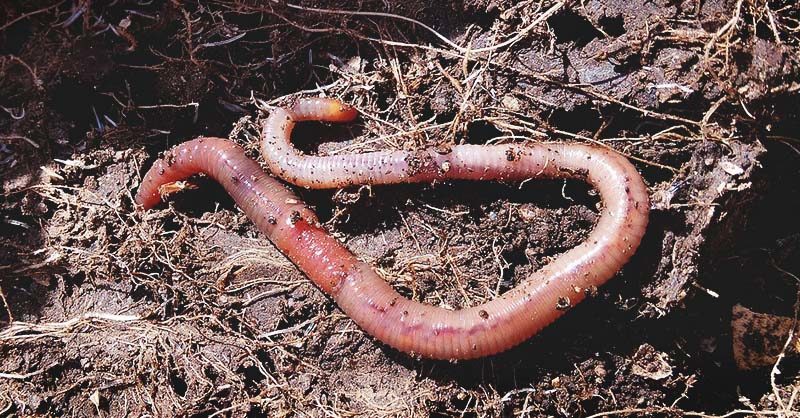
Raising your own earthworms is a great way to improve the quality of your soil because you can place them in your garden.
Yet, it’s also a great way to make an extra income right at home. People use worms in their garden, but they also use for fishing too.
Plus, earthworms make a wonderful snack and boost of protein for your chickens. There’s a variety of benefits to raising them, and you can accomplish this by incorporating the leaves as bedding in your set-up.
9. Prepare for the Growing Season
If you know where you’ll garden each year, you must use your leaves in the garden prior to planting each year.
You can save them in the fall and add them to the garden in the spring. By adding them right before planting, they help provide a barrier for soil-borne sickness for your plants.
Plus, the leaves help suppress weeds and retain moisture which ensures the crops get the appropriate amount of water.
10. Weed Barrier
Many people look at leaves as a nuisance, but in reality, they can be a great friend to a gardener. If you have an area in your garden which gets consumed with weeds, you should consider tossing leaves onto it.
Where leaves will clump together if left whole, it makes it difficult for unwanted items to sprout through it.
This would be a time where you’d want to skip the extra work of shredding and toss your large pile of leaves onto this area. It’s a good idea to wet them after adding them to the area to weigh them down.
11. Root Veggie Storage
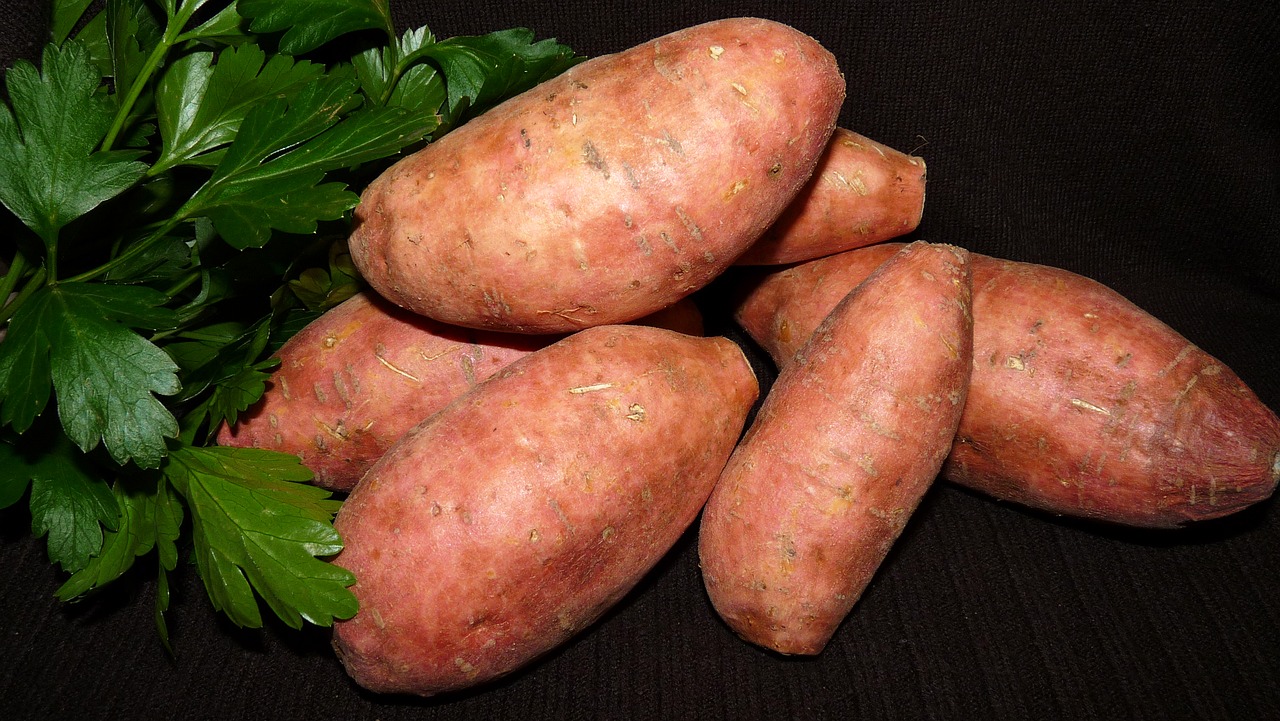
Do you have a root cellar? If you don’t or if it’s full, you may prefer to keep your root vegetables in the ground over the winter months.
As long as you mark where they’re planted, this should work. It’s vital to mark them to be able to locate them during a large snow storm.
Once they’re ready to harvest, top them with a thick layer of mulch to insulate them. Harvest the root veggies when you’re ready to use them. The cooler weather should add a sweeter flavor to some of the veggies too.
12. Mulching
Whether you’re mulching plants in your garden or the shrubs in your landscape, you don’t have to spend a fortune on store-bought mulch.
Instead, save your leaves, and apply them around your crops and other plants. As mentioned above, leaves are great for knocking out weeds and retaining moisture.
Plus, when shredded, they can add to the overall look of your property. You’ll be glad you used them instead of creating a burn pile out of them.
Those are the twelve ways leaves can be used around your property instead of discarded. They’re a useful item and a great help to most gardeners.
Hopefully you’ll give these ideas a try and save yourself money while also boosting the health of your garden.

